Is Varicose Vein Treatment Really a Walk-In, Walk-Out Procedure?
Author: StrideCare Internal Team
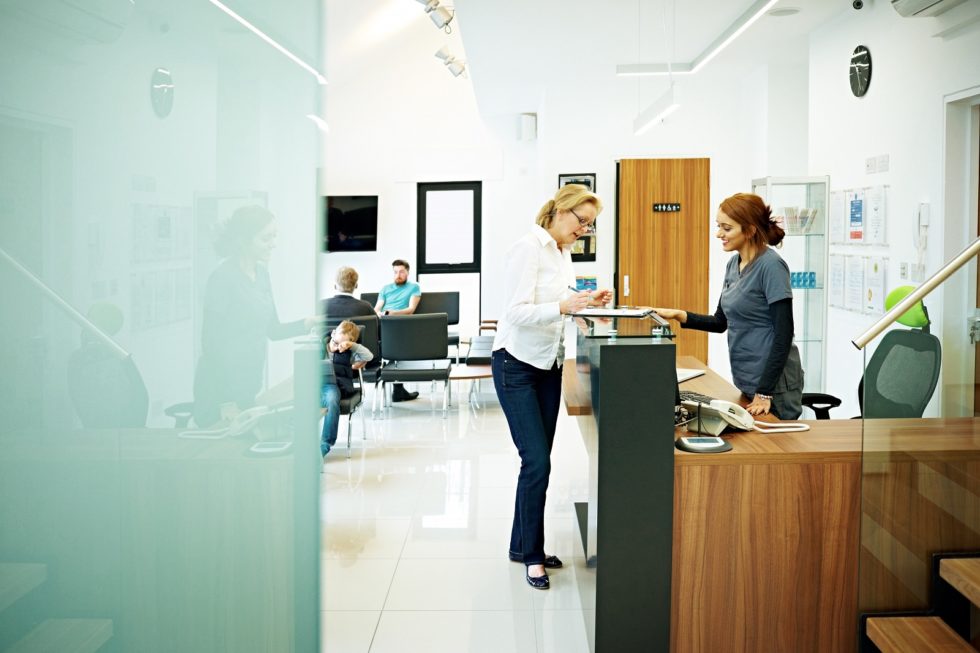
The roughly 25 million men and women in the United States who experience varicose vein symptoms may have days where they are at their wit’s end with uncomfortable legs. Unaware of potential treatment options, they think the only way to find relief is with complicated surgery and lengthy recovery times. But that couldn’t be further from the truth. The reality is that varicose vein treatment can be a minimally invasive approach, allowing patients to walk in and walk out on the same day.
Modern medicine has advanced to the point where your doctor can treat varicose veins in an outpatient setting under local anesthetic with no sedation. And depending on your particular vein problem, there are several options to cosmetically improve the look of your veins and eliminate a variety of painful symptoms.
Do You Have Any of These Varicose Vein Symptoms?
- Heaviness and achiness in the legs
- Swelling and throbbing pain
- Tiredness
- Numbness
- Varicose veins feel warm and tender to the touch
- Itching, dry, inflamed, or discolored skin
- Cramping
- Restless legs
What Causes Varicose Veins?
Veins serve a specific purpose—sending blood from the legs back up to the heart. But as we age, these veins don’t always work as well. They can become narrow and even malfunction due to damage to the valves. As a result, blood flows forward but also backward, in the wrong direction (reflux). This reversal of flow leads to pooling of backed-up blood, which then causes the veins to bulge, stretch, and enlarge. When this happens, your veins can look rather unsightly, taking the form of dark blue bulges that stick out from the skin like raised tunnels.
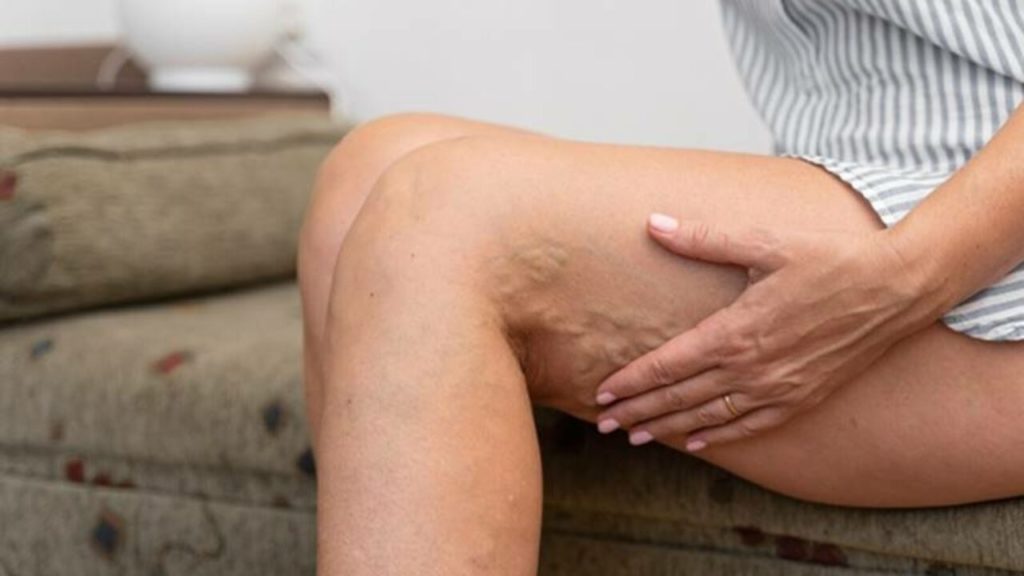
- Chronic Venous Insufficiency — This condition is characterized by broken valves that no longer hold a seal. As a result, blood pressure builds up in the lower legs and causes swelling and skin changes such as varicose veins.
- Deep Vein Thrombosis — These are dangerous blood clots in the deep, large veins of the pelvis, legs, thighs, and arms that can be life-threatening if not treated.
- Phlebitis and Thrombophlebitis — Characterized by inflammation of a vein. When this happens, blood clots can form in your legs and cause a variety of dangerous complications.
- Leg skin and foot ulcers — These sores form on the legs, feet, toes, heels, and ankles and come in all shapes and sizes. If left untreated, leg skin and foot ulcers can lead to leg amputation.
Walk-In, Walk-Out Varicose Vein Treatment Options
An average of one in every three adults over the age of 45 develops some form of vein disease. Individuals with varicose veins will typically be advised to first try compression stockings, which are a great way to encourage healthy blood flow and possibly avoid future procedures. If lengthy bouts of inactivity are simply unavoidable, compression stockings are a great way to encourage healthy blood flow until you can get up and move around more.
Many insurance companies require this option first before proceeding to further procedures. If compression stockings do not work or are not providing enough relief, there are additional options.
- Sclerotherapy
With sclerotherapy, there is no need for large incisions or lengthy hospital stays to treat varicose veins. Our board-certified vein specialists inject a specially formulated chemical solution full of sclerosing agents (either in liquid or foam form) into the affected veins. This solution irritates the vein walls and causes the vein to collapse and disappear, safely and effectively relieving your uncomfortable symptoms.
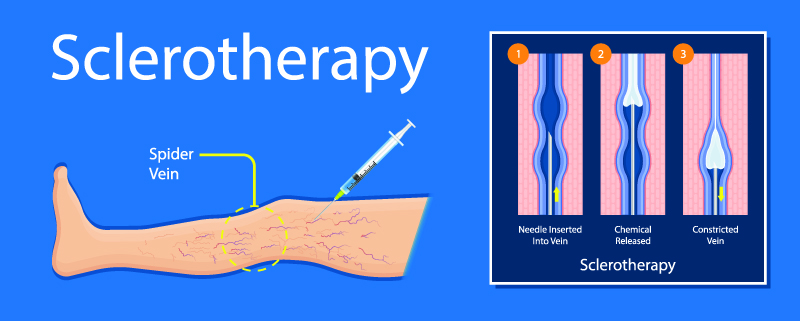
- Radiofrequency Ablation
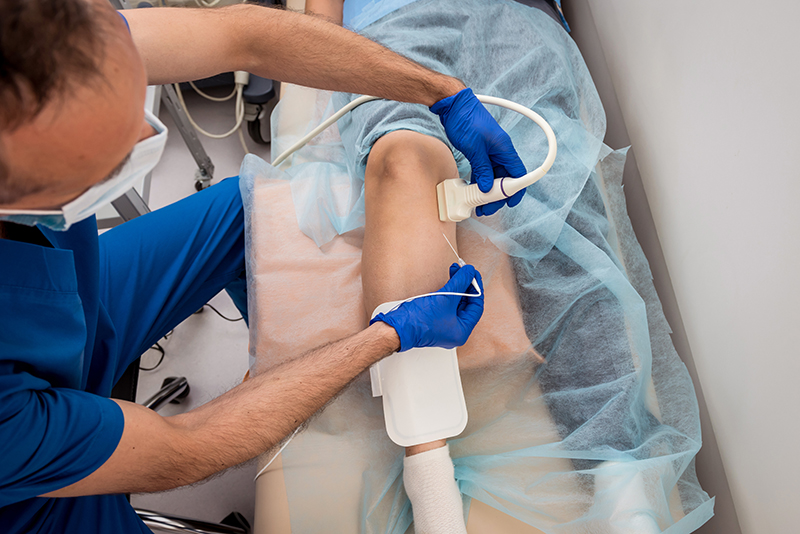
Radiofrequency ablation takes less than an hour. Minimal side effects include swelling, bruising, and tenderness.
- Microfoam Ablation
Microfoam ablation is another minimally invasive way to treat varicose veins, and, at first glance, appears similar procedurally to sclerotherapy. But unlike sclerotherapy, which is best suited for small and medium vein issues, microfoam ablation treats larger, tortuous (twisted) veins as well as veins above and below the knee, and even veins that were previously treated with other methods that were not as effective.
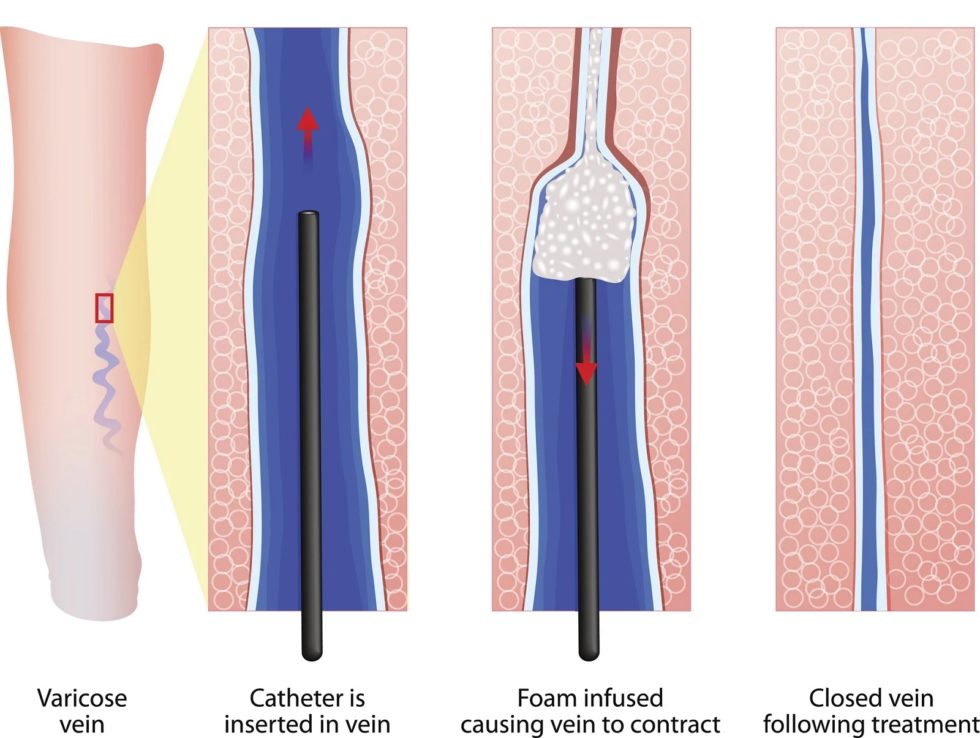
With this procedure, your specialist injects a special microfoam in your affected veins to relieve symptoms without the use of heat or tumescent. The foam fills the desired section of the vein, and the diseased vein collapses. Blood flow then shifts to healthier veins nearby.
Schedule a Consultation with StrideCare
Do you need varicose vein treatment without complicated surgery? Are you worried that your symptoms could be a sign of more serious health conditions? StrideCare can help.
Our expert physicians and caring staff utilize the latest technologies and minimally invasive procedures to help our patients with a variety of vein diseases. The vein doctors at StrideCare are board-certified diagnostic radiologists with additional fellowship training in vascular and interventional radiology. They are highly rated by patients as indicated by the many 5-star reviews.
If you have varicose veins or questions on treatment options, the experts at StrideCare will recommend an individualized plan to help you get the best results.
Prior to starting any new treatment or questions regarding a medical condition, always seek the advice of your doctor or other qualified health provider. This information is not a substitute for professional medical advice.
StrideCare serves the South Texas area including Houston, San Antonio, Austin, Round Rock, Bastrop, Brushy Creek, Cedar Park, Converse, Georgetown, Hutto, Kyle, Leander, Marble Falls, New Braunfels, Pasadena, Pearland, Pflugerville, San Marcos, Schertz, Houston, Sugar Land, Katy, Webster, Bay City, Clear Lake, Lake Jackson, The Woodlands, Universal City, Spring, Kingwood, Stafford, Conroe, Texas City, Cypress, League City, Bellaire, and more.


